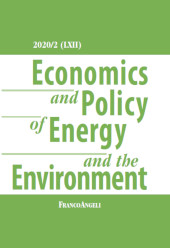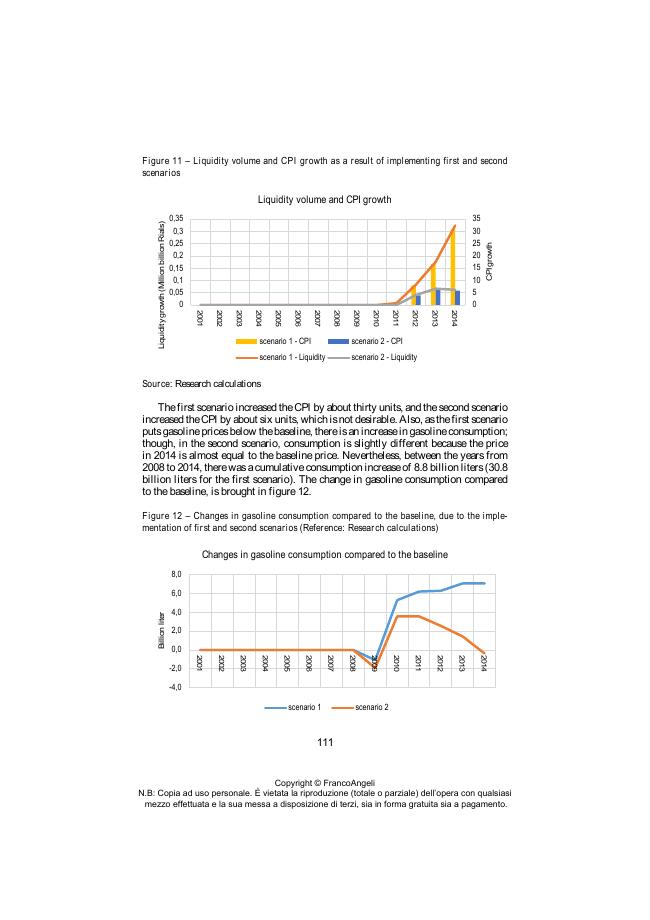The effect of energy subsidies on the sustainability of economy, society and environment : a case study of Iran
93-129 p.
The elimination of energy subsidies leads to the increase in CPI (Consumer Price Index) di-rectly and indirectly. In this study, the effects removing energy subsidies on the Iranian econ-omies have been investigated; though, the main innovation introduced in the study was to con-sider the effect of energy price realization on the economy with respect to the monetary policy (path) that can be regarded as the third option; that is, rising energy price creates new sources that can cover the deficits of the countries. The countries don't need to cover their budget defi-cits by borrowing from the central bank; for this purpose, dynamic modeling in Vensim soft-ware was used via the equations obtained from the Time Series Data set prepared from 2000 to 2014. The results show that the annual increase of 10, 20, and 30 percent of prices after 2011 could have reduced liquidity volume in 2014 by 0.04, 0.11, and 0.75 million billion Rials respectively and leading to CPI reduction by 4, 7 and 10.3 units.
Besides, the results indicated that the households reacted to gasoline price change more than the other two energy carriers; that is, gas and electricity. And the first income decile was the most sensitive decile of popula-tion towards price changes. compared to 2009, gasoline, gas and electricity consumption of the first decile declined by 68.5%, 21%, and 10% in 2010, respectively. [Publisher's text].
-
Articoli dello stesso fascicolo (disponibili singolarmente)
-
Informazioni
Codice DOI: 10.3280/EFE2020-002005
ISSN: 2280-7667
PAROLE CHIAVE
- Energy subsidy, household energy consumption, targeted subsidy law, government budget deficit, liquidity volume, consumer price index



